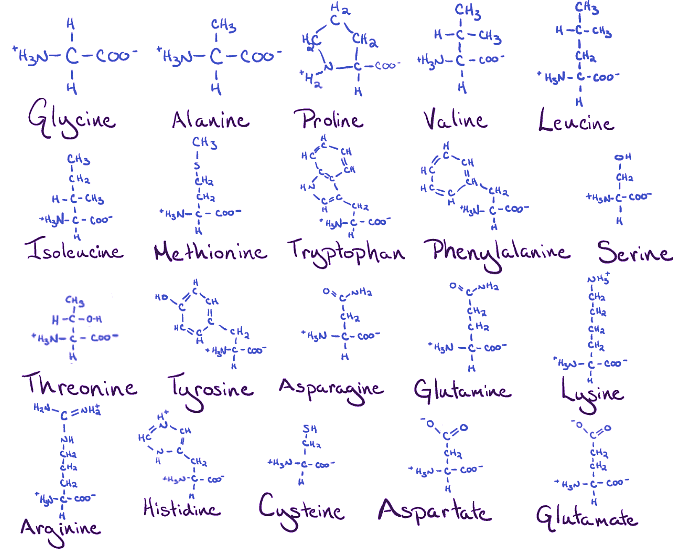Understanding the Structure and Function of Globular Proteins | Organic Chemistry for MCAT PDF Download
Introduction
You don't have to be an aeronautical engineer to appreciate that successful flight depends not only on the individual components of an aircraft but also on their precise arrangement. Similarly, the human body contains molecular machines known as globular proteins, which rely on meticulously structured three-dimensional configurations for optimal functionality. In this article, we will explore the fascinating world of globular proteins, investigating their composition, organization, and the critical role they play in our health and well-being.
Building Blocks of Globular Proteins
Unlike complex man-made machines, globular proteins are assembled using a single class of components known as amino acids. With 20 different types of amino acids available, proteins are formed by combining these building blocks into long linear chains, similar to a train comprised of interconnected boxcars. This bonding between amino acids, referred to as peptide bonds, occurs when the attractive forces of their left and right sides unite, much like magnets aligning their poles.

Gene Expression and Protein Folding
Genes serve as the blueprints for proteins, dictating the specific amino acids and their sequence required to construct a particular protein. Once the amino acids are connected through peptide bonds, the protein undergoes a complex folding process, assuming a unique three-dimensional structure known as the native conformation. Just as a well-assembled airplane is ready to take flight, a protein in its native conformation is primed for its designated function. Deviations from this structure can result in diminished or completely lost functionality.
Levels of Protein Structure
Proteins in their native conformations exhibit multiple levels of structural organization. The primary structure refers to the precise amino acid sequence and peptide bonds within the protein. Secondary structure describes the three-dimensional arrangement of the main chain atoms, often resembling coils (alpha helices) or zigzags (beta sheets). Tertiary structure encompasses the three-dimensional organization of all atoms, including side chain atoms, while quaternary structure relates to the arrangement of multi-subunit proteins.

Importance of Protein Structure
The formation of native conformations is driven by fundamental physical laws. The attractive and repulsive forces between neighboring amino acids shape the secondary structure, while interactions between side chain atoms and surrounding water molecules determine the tertiary structure. The crumpling of proteins into specific tertiary or quaternary structures maximizes water molecule mobility, allowing for optimal protein functionality. Disturbances in protein structure can lead to various diseases, where a loss of conformation results in a loss of function.
Diseases Caused by Altered Protein Structure
Analogous to how incorrect assembly affects the functioning of a machine, errors in protein structure can cause debilitating diseases. For example, sickle cell anemia is characterized by a genetic mutation that alters the shape of hemoglobin molecules, leading to their aggregation into non-functional clumps. Fatal familial sleeping sickness arises from a malformation in a protein called major prion protein, causing incurable insomnia. However, rare cases exist where changes in protein shape enhance their performance, as exemplified by Eero Mäntyranta's genetic adaptation to increased red blood cell levels, contributing to his athletic achievements.
Gene Therapy: Fixing Protein Structure at the Source
Given the critical role of protein structure in maintaining proper function, scientists have explored gene therapy as a potential solution for diseases arising from misshapen proteins. By altering the instructions encoded in the genes, it is possible to correct the amino acid sequence and, consequently, the protein structure. Gene editing techniques, such as CRISPR-Cas9, hold promise for precisely modifying DNA sequences within living organisms. While challenges remain, progress is being made to minimize unintended consequences and pave the way for potential cures of genetic diseases and certain types of cancer through gene therapy.
Conclusion
Globular proteins, constructed from amino acids and organized into intricate three-dimensional structures, are essential molecular machines that govern vital processes in our bodies. Understanding the relationship between protein structure and function allows us to appreciate the delicate balance required for optimal health. As scientific advancements continue to unfold, the potential of gene therapy offers hope for correcting errors in protein structure, paving the way for breakthrough treatments in the future.
|
140 videos|5 docs|15 tests
|















